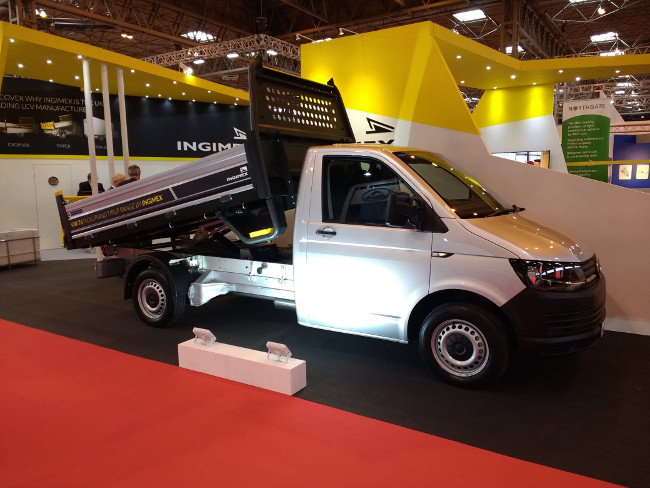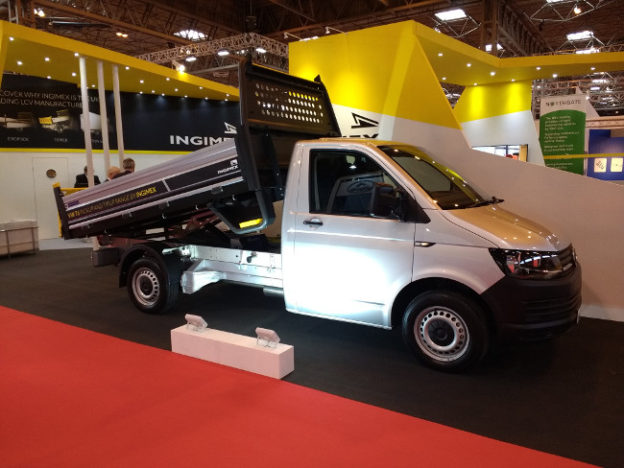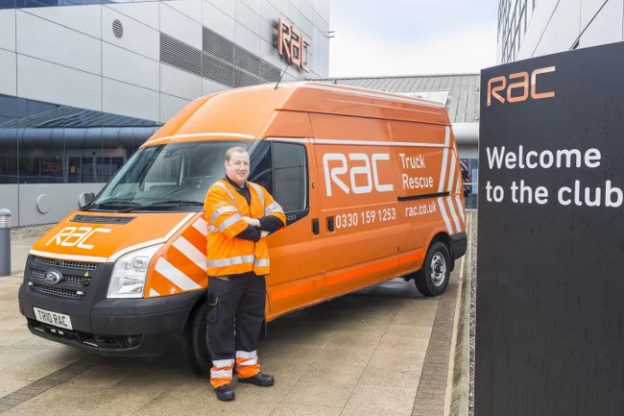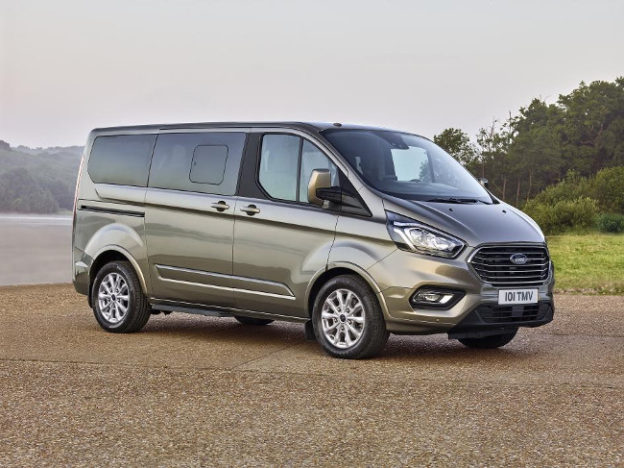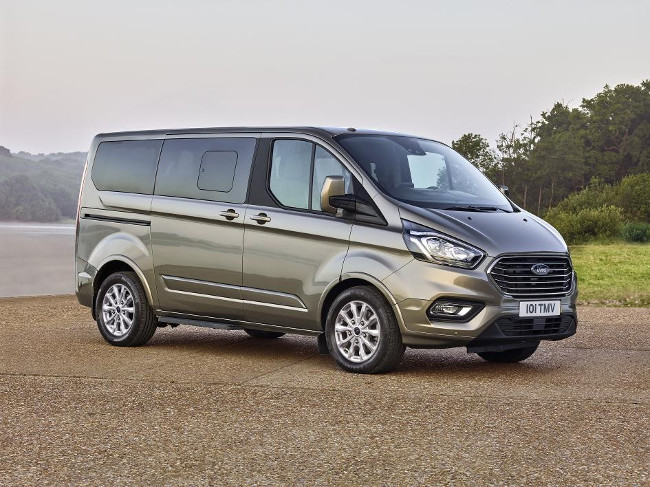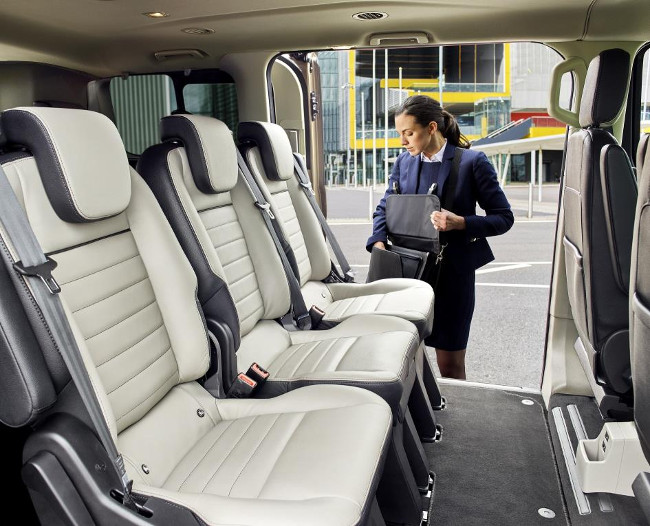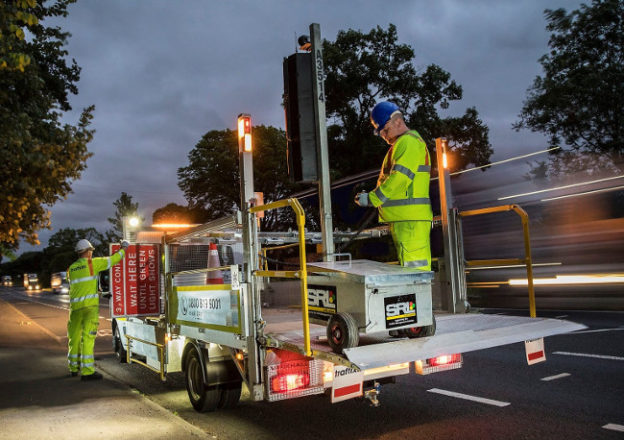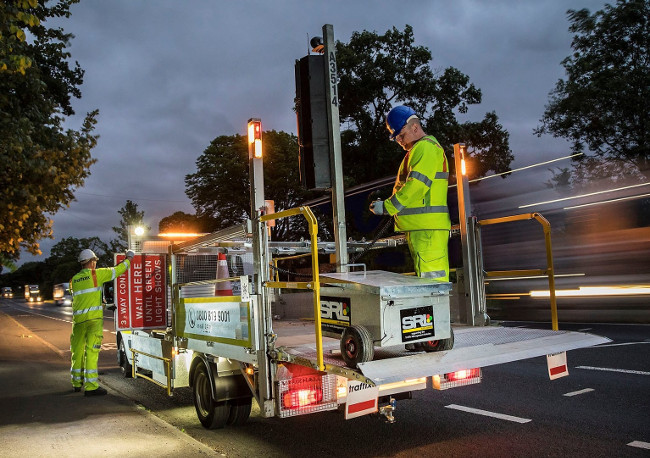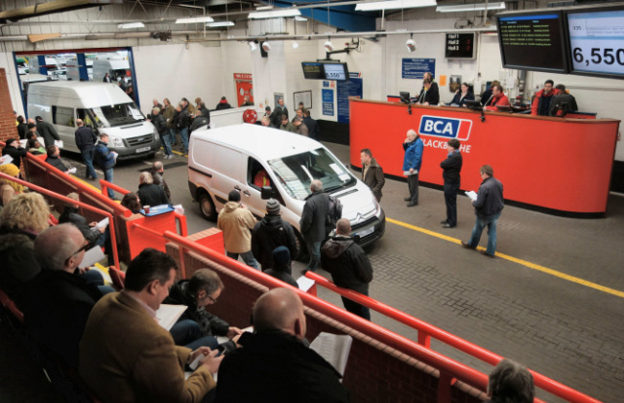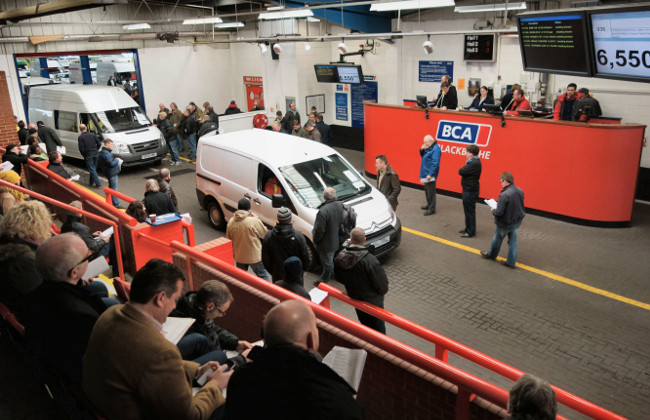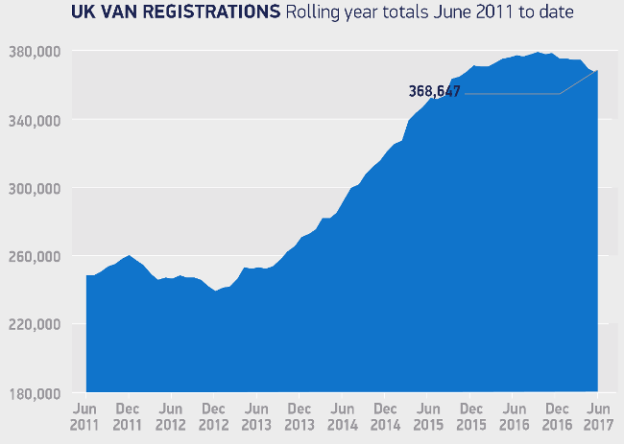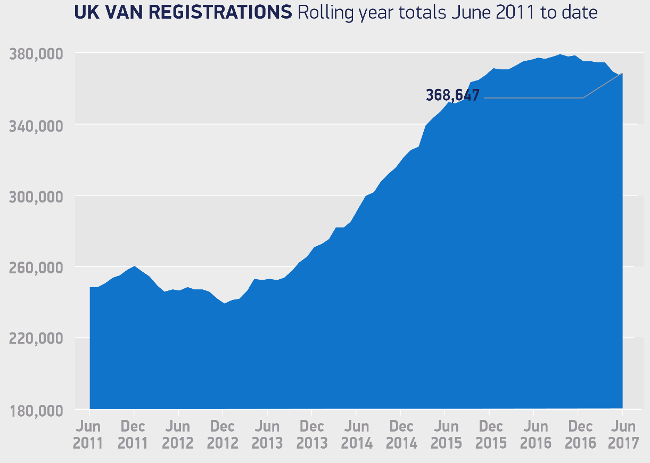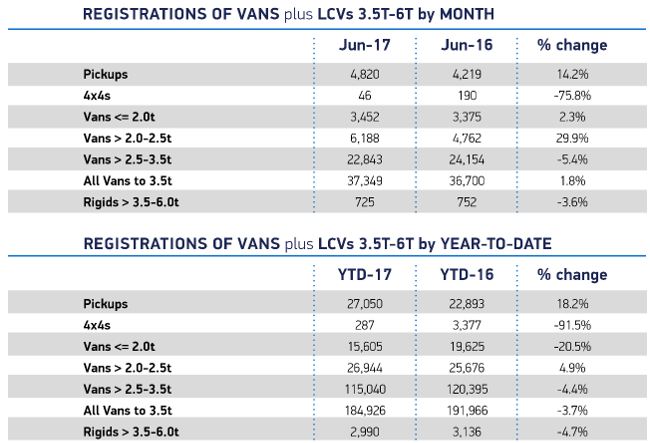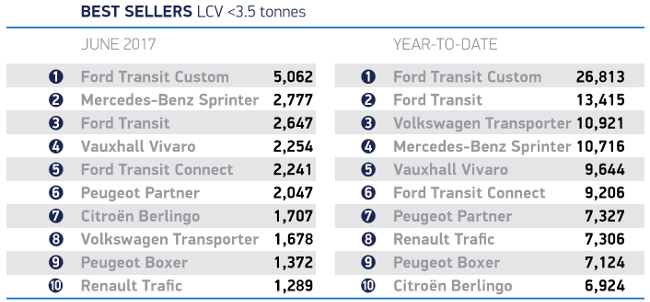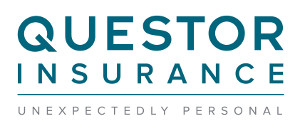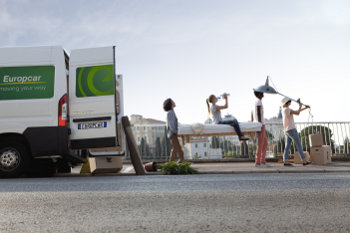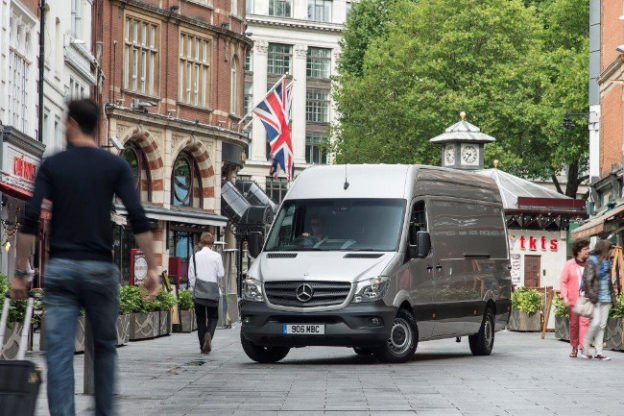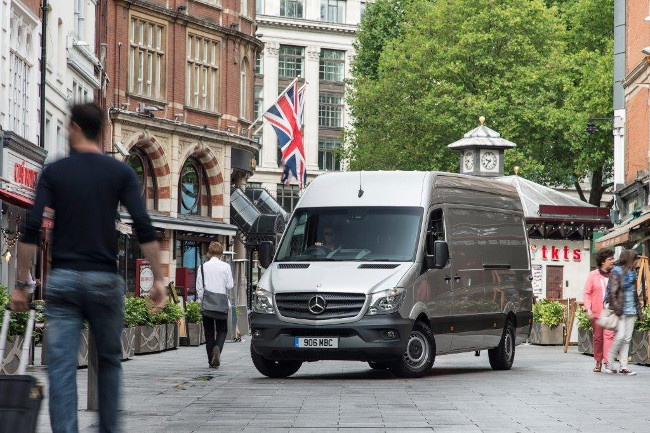In today’s beginner’s guide article, I’m going to look at van hire insurance and breakdown cover, plus what to do if you damage your van or are involved in a collision.
- Insurance
- What to do if you have a collision or damage the van
- Breakdown cover
Insurance
If you’re a private customer hiring a van in the UK, the insurance situation will usually be the same as it would be for a hire car.
Insurance is generally included so that you’re legal to drive the van on public roads. However, this cover usually includes an excess amount you’ll have to pay to cover any damage before the company will claim on their insurance.
The excess on a rental van can be quite high — usually hundreds of pounds.
If you want to reduce this excess to zero, then you will normally have to take out additional insurance. Hire companies will normally offer to sell this extra insurance to you when you collect the car. It will often be described as Collision Damage Waiver (CDW) or something similar.
Unfortunately there isn’t a standard name for this product, so if in doubt ask the rental operative to describe exactly what insurance choices are available and what benefit they provide.
CDW or similar is normally charged per day. It can be quite expensive, especially for longer hire periods. One alternative approach to get the same cover (or better) is to take out your own van hire excess insurance from an independent company. This is perfectly acceptable. How it works is that if you damage the vehicle, you can claim back any costs you face from the insurance firm.
We have more information about van hire excess insurance here.
What should I do if I have a collision or damage the van?
Damage only, no other vehicles involved: If you damage the van without anyone else being involved, then the correct procedure is normally to phone the emergency assistance number provided by the hire company. You may also need to fill out an accident report form, if provided.
If the vehicle can be safely driven without damaging it further, you’re free to carry on. The hire company will assess the cost of damage to the vehicle when you return it and charge you accordingly.
To get an idea of how damage might be costed, it’s worth having a look at this Damage Price Guide on the Europcar website.
I’ve been in a collision: If other vehicles/people are involved, then I would phone the emergency assistance number provided by your hire company immediately if possible.
Try to get all of these details from the other party:
- Driver’s name & contact telephone number
- The names and contact details of any passengers/witnesses
- The registration of the other vehicle and a description (e.g. black Ford Mondeo). This helps to defend against fraudulent claims.
- Write down a clear description of what happened, including time, date and location. Include as much detail as possible. This helps to defend your claim if the other party disputes it.
- Provide the other party with a contact telephone number for your hire company.
- …and again, call your hire company as soon as possible.
Breakdown
In the UK, most hire vans are provided with full breakdown cover. However, it’s always worth checking this when you collect your van, just for peace of mind.
If you do break down and need assistance, then ring the number provided with your van — it will usually be on your paper work or on a sticker inside the windscreen.
